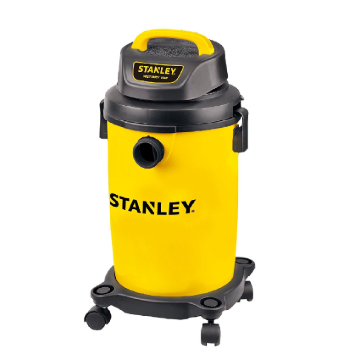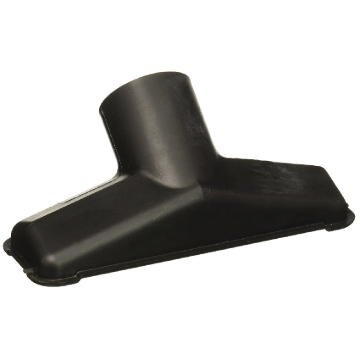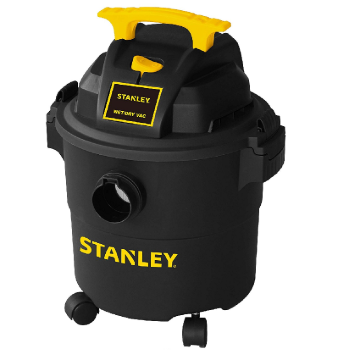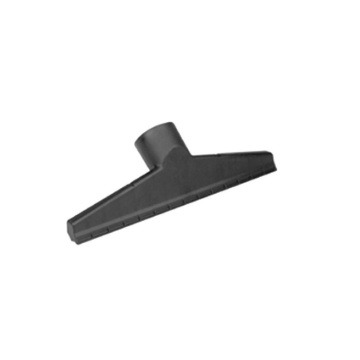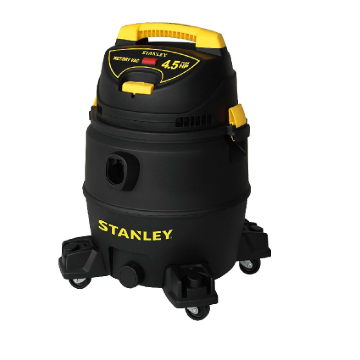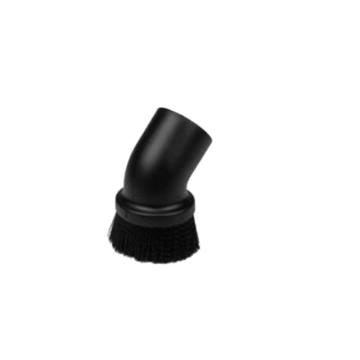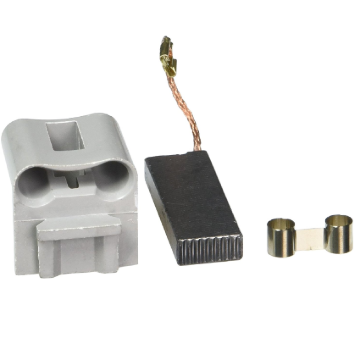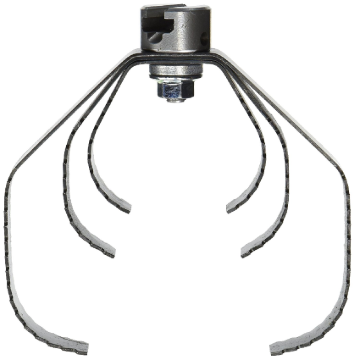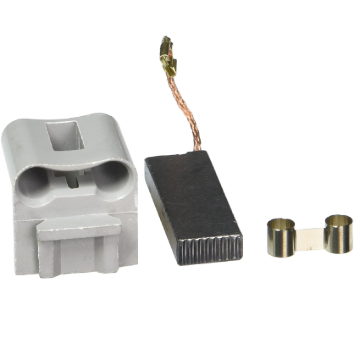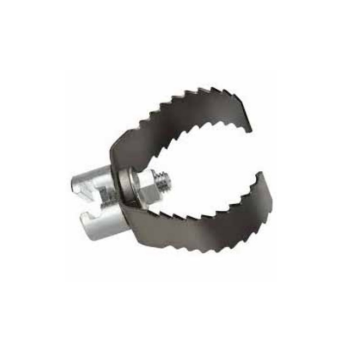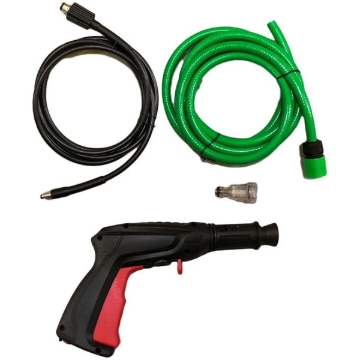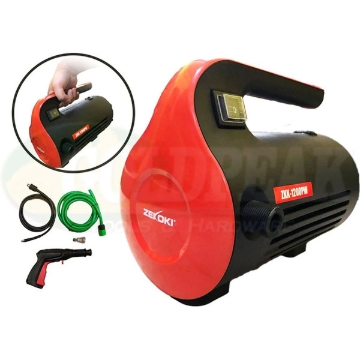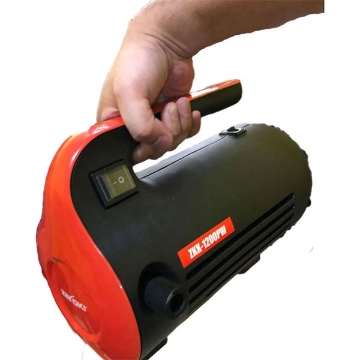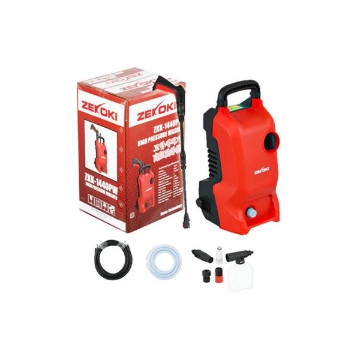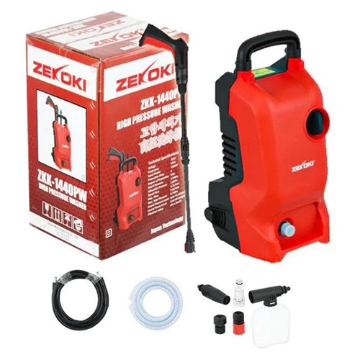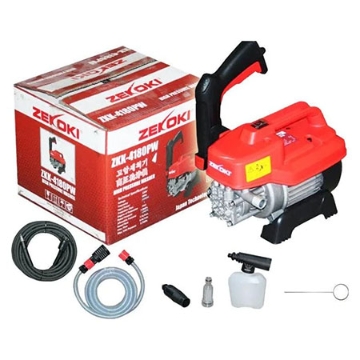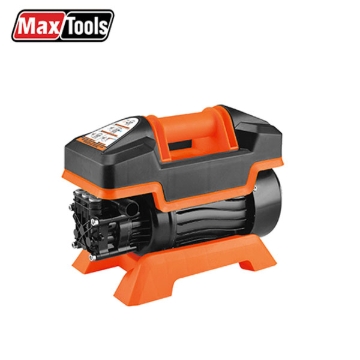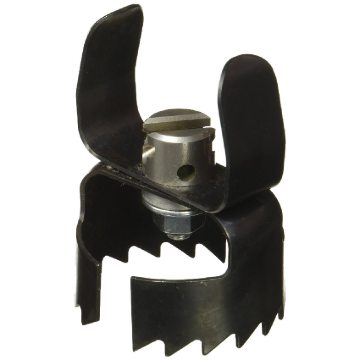Machines
Stanley Portable Poly Series Wet/Dry Vacuum STSL19130P
STSL19130P
Portable Poly Series Wet/Dry Vacuum
₱6,850.00
Ridgid 25-Inch x 1 1/4-Inch Flexible Leader, 63090
63090
Ridgid 25-Inch x 1 1/4-Inch Flexible Leader
₱10,800.00
Stanley Portable Poly Series Wet/Dry Vacuum STSL19115P
STSL19115P
Portable Poly Series Wet/Dry Vacuum
₱6,000.00
BEST&STRONG PROFESSIONAL ENGINE DRIVEN HIGH PRESSURE WASHER-BSPW-3100
BSPW-3100
BEST&STRONG PROFESSIONAL ENGINE DRIVEN HIGH PRESSURE WASHER-BSPW-3100
₱31,316.00
Stanley Portable Poly Series Wet/Dry Vacuum STSL19017P
STSL19017P
Portable Poly Series Wet/Dry Vacuum
₱7,300.00
BEST & STRONG PROFESSIONAL ENGINE DRIVEN HIGH PRESSURE WASHER-BSPW-4200
BSPW-4200
BEST & STRONG PROFESSIONAL ENGINE DRIVEN HIGH PRESSURE WASHER-BSPW-4200
₱50,000.00
Ridgid Shark Tooth Cutter w/ 3 Blades (3", 4", 5"), 98030
98030
Ridgid Shark Tooth Cutter w/ 3 Blades (3", 4", 5")
₱13,700.00
Ridgid 230V Brush Set with Holders for 16 Gals, 42503
42503
Ridgid 230V Brush Set with Holders for 16 Gals
₱2,600.00
PRESSURE WASHER ZEKOKI
ZKK-1200PW, ZKK-1440PW , ZKK-4180PW
PRESSURE WASHER ZEKOKI MODELS : ZKK-1200PW ( 100 BAR PRESSURE WASHER ) ZKK-1440PW ( PRESSURE WASHER ) ZKK-4180PW ( PRESSURE WASHER )
From ₱6,167.00
Pressure Washer Maxtools
TPW-1300
Used to clean residential surfaces such as gutters, roofs, decks, paved areas, siding, cladding, and windows.
₱8,990.00








